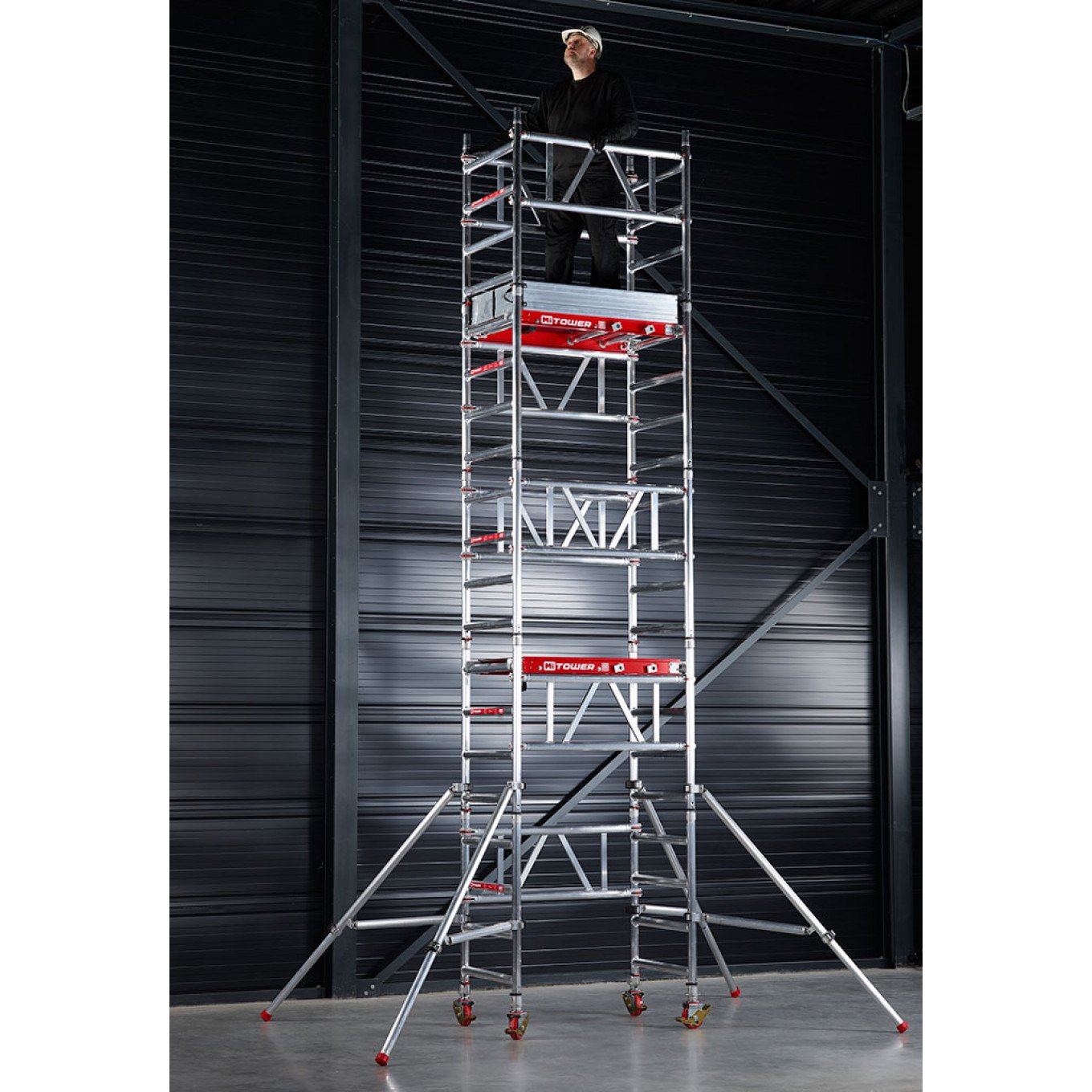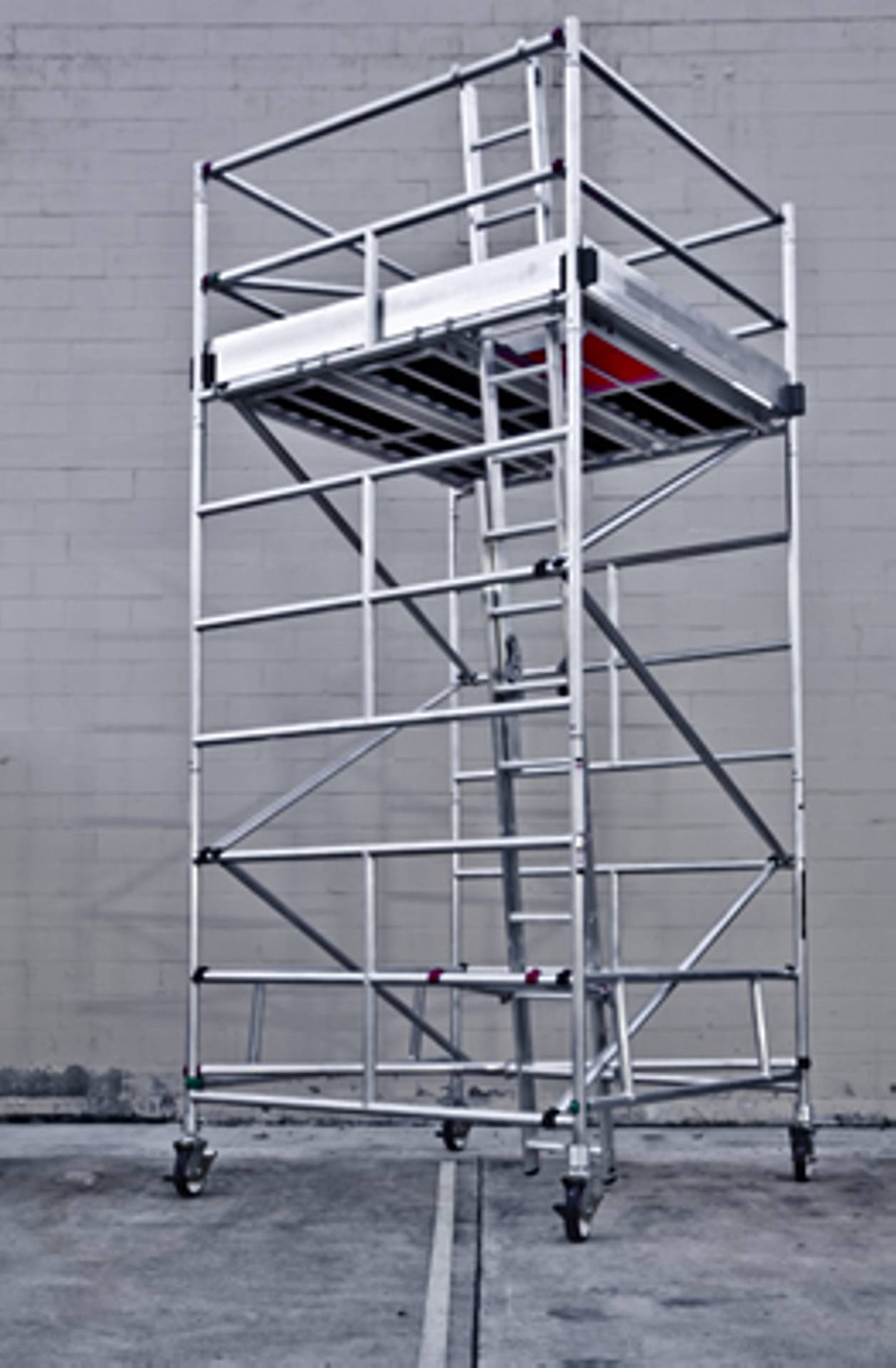Smokeshaft Scaffolding: Safe Solutions for High-Rise Work

Navigating Scaffolding Laws and Compliance
For comprehending scaffolding laws and conformity, focus on safety procedures and extensive evaluations. Adherence to OSHA requirements is crucial for a safe and secure building setting. Keep upgraded on conformity requirements and state-specific guidelines to stay clear of penalties and hold-ups. Implement safety finest methods like hazard recognition and clear communication of procedures. Normal training sessions and proficient assessments are crucial for preserving conformity and avoiding crashes. Comprehending these elements is essential, leading you towards a well-regulated construction website.
Review of Scaffolding Laws
Scaffolding policies play an essential role in making certain safety and security and compliance at building sites. Routine scaffolding assessments are crucial to uphold these requirements and stop mishaps. Abiding By Occupational Safety And Security and Health And Wellness Administration (OSHA) requirements is necessary to ensure a risk-free workplace for construction employees. OSHA has actually set forth particular standards for scaffolding, consisting of requirements for building, style, and load-bearing ability.
Scaffolding evaluations should be carried out by skilled employees to assess the structure's honesty and determine any kind of possible hazards. These examinations ought to occur before first usage, adhering to any type of modifications or problems, and after any type of occasions that might affect the scaffolding's security. Inspectors have to guarantee that scaffolding parts are in great condition, safe and secure connections remain in area, and correct gain access to factors are offered. By sticking to OSHA requirements and conducting detailed scaffolding evaluations, building sites can mitigate risks and produce a more secure atmosphere for employees.
Key Compliance Needs

Making sure adherence to key conformity requirements is essential for preserving a safe and controlled construction setting. Building and construction business need to stay up-to-date with regulative updates to ensure that their scaffolding methods fulfill the required criteria. A conformity checklist serves as a valuable tool in this regard, describing the important demands that require to be met to ensure security and lawful consistency. These lists usually include things such as correct scaffold setting up, regular inspections, sufficient fall protection actions, and staff member training.
Governing updates are important as guidelines and requirements might advance gradually to address brand-new safety and security issues and boost existing methods. By keeping abreast of these adjustments, firms can change their procedures as necessary and maintain ongoing conformity. Normal training sessions for workers on updated laws and finest practices are also important to preserving a culture of safety and compliance within the company.

State-Specific Standards
Remaining notified concerning the certain guidelines set forth by individual states is critical for building companies to ensure full compliance with scaffolding criteria. State-specific variations in standards can position substantial compliance difficulties for building firms. Each state may have its very own set of policies pertaining to scaffolding design, construction, and examination requirements. Some states might have more stringent guidelines compared to others, resulting in possible confusion and troubles in making certain adherence to all required requirements. hoists and other lifting equipments
Navigating with these state-specific guidelines requires a complete understanding of the guidelines in each territory where the building and construction projects are taking place. It is essential for business to stay updated on any changes or updates to the scaffolding laws in the states they operate in. Failure to adhere to state-specific guidelines can cause pricey fines, task delays, and, most significantly, compromised employee safety and security.
To get rid of compliance difficulties related to state-specific variants, construction companies must establish clear interaction channels, offer ongoing training to employees, and perform routine audits to see to it that scaffolding methods align with the certain regulations of each state. By proactively dealing with state-specific guidelines, building firms can preserve a high level of conformity and safety across their tasks.
Implementing Safety And Security Ideal Practices
Carrying out durable safety and security ideal practices is extremely important in the construction sector to safeguard employees and assurance compliance with guidelines. Safety and security procedures play an essential duty in mitigating dangers associated with scaffolding work. Before beginning any scaffold-related tasks, detailed threat identification have to be carried out to examine prospective risks. This involves evaluating the worksite for any existing or prospective hazards that could position a threat to employees' safety. When dangers are identified, appropriate safety procedures should be applied to regulate and minimize risks. This may include utilizing autumn security devices, making certain appropriate scaffold setting up, and performing routine security inspections.
In addition, safety best techniques should include clear interaction of safety protocols to all workers involved in scaffolding procedures. Training on danger acknowledgment and mitigation must be offered to make certain that employees are furnished to identify and attend to security worries successfully. By focusing on safety procedures and hazard recognition, building companies can develop a secure working environment that adheres to laws and protects the wellness of their workers.
Training and Assessment Protocols
Training methods play an essential duty in guaranteeing the safety and security and competency of employees associated with scaffolding operations. Thorough training should cover subjects such as proper assembly and disassembly of scaffolds, fall defense measures, lots abilities, and threat acknowledgment. Training sessions need to be conducted on a regular basis to enhance security practices and keep workers upgraded on any kind of regulatory changes.
Along with robust training protocols, extensive assessment treatments are necessary for keeping scaffold safety and security. Examinations ought to be carried out by competent personnel who can determine prospective risks, assess the structural honesty of the scaffold, and warranty conformity with regulatory standards. Normal assessments before first usage, after any adjustments, and at marked periods during usage are essential to prevent mishaps and maintain a safe workplace. https://suttonscaffolding.co.uk
Often Asked Inquiries
Can Scaffolding Be Used on Uneven Surfaces or Inclines?
Scaffolding can generally be made use of on unequal surfaces or inclines, yet safety measures need to be required to ensure stability and safety. When dealing with steep slopes, additional precaution such as leveling tools and proper anchoring are vital.
Exist Any Details Laws for Utilizing Scaffolding Near Power Lines or Electric Risks?
Safety and security safety measures need to be strictly complied with when using scaffolding near high-voltage line or electrical risks. Laws mandate maintaining secure distances, using non-conductive materials, and ensuring employees are educated to recognize and prevent electrical threats.
What Kind Of Insurance Coverage Is Advised for Scaffolding Projects?
Insurance coverage is essential for scaffolding jobs to mitigate threats. Considerable responsibility insurance coverage, workers' settlement, and property insurance coverage are recommended. Safety precautions, training programs, and routine examinations can assist minimize accidents and guarantee compliance with regulations.
How Often Should Scaffolding Be Examined for Deterioration?

Routine examinations of scaffolding for damage are necessary for ensuring safety on building and construction websites. Complying with suggested guidelines, such as conducting inspections before each use and after any type of cases or weather condition events, assists minimize risks and stop crashes.
Exist Any Constraints on the Height or Lots Ability of Scaffolding Frameworks?
When thinking about the height or load capacity of scaffolding structures, it is important to focus on precaution and assure structural security. Sticking to policies and standards aids preserve a secure working environment and avoids potential mishaps.
Final thought
To summarize, understanding scaffolding regulations and compliance is essential for ensuring safety on building and construction websites.
By grasping the key compliance demands, following state-specific guidelines, implementing safety and security best practices, and adhering to training and examination protocols, business can alleviate dangers and protect against crashes.
It is vital for all stakeholders involved in construction tasks to prioritize compliance with scaffolding regulations to develop a risk-free working environment for workers and stop potential dangers.
